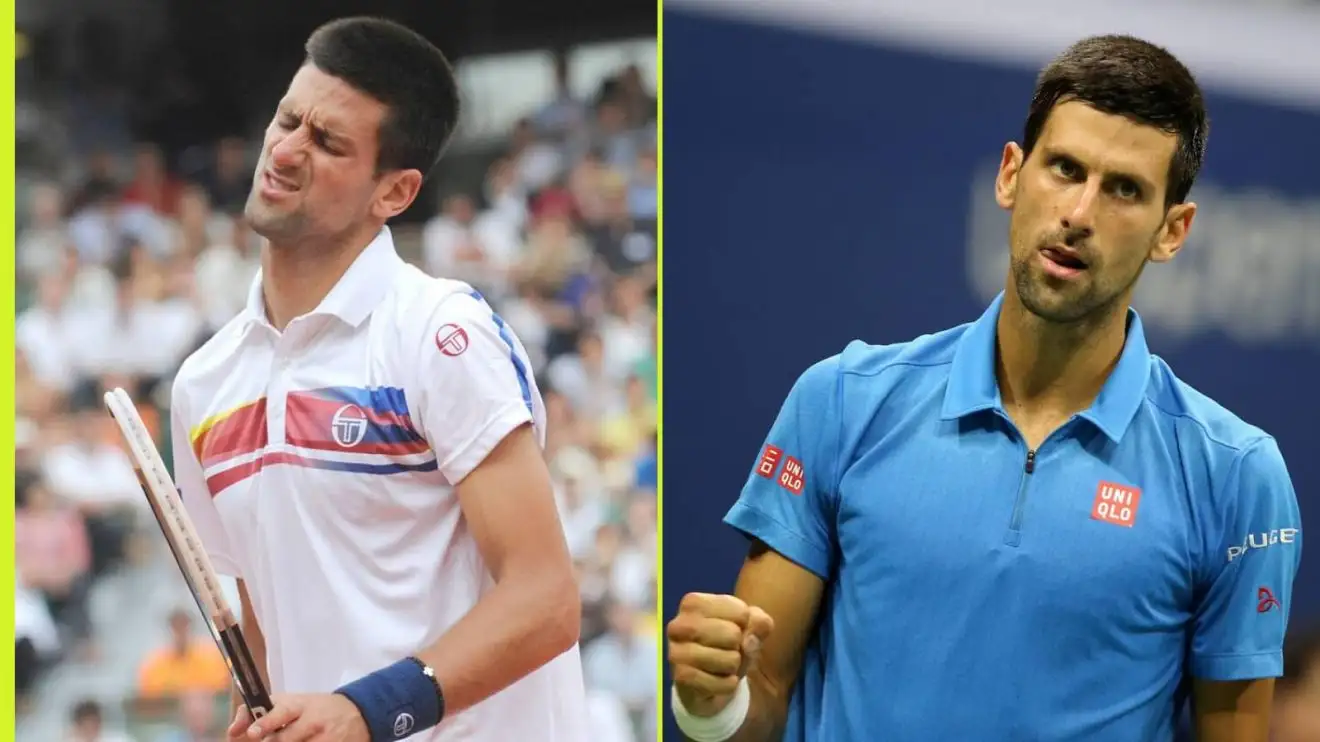Understanding Walkover in Tennis

Walkover in tennis –
Walkover is a situation in tennis where a player or team advances to the next round of a tournament without having to play their scheduled match. This can occur for a variety of reasons, including injury, illness, or withdrawal.
Guys, did you know that in tennis, a walkover happens when one player wins without playing? It’s like a free pass to the next round. Speaking of free passes, have you checked out the latest novak djokovic prediction ? The guy’s on fire! Back to walkovers, they can be a bummer for the fans, but hey, at least it saves time for the winner.
The rules and regulations surrounding walkovers vary depending on the tournament, but in general, a player must notify the tournament officials of their withdrawal as soon as possible. If a player withdraws before the start of the match, they will typically forfeit their prize money and ranking points. If a player withdraws during the match, they may be penalized with a loss of ranking points or even a suspension from the tournament.
So, walkovers in tennis happen when one player can’t play due to injury or other reasons. Like in the recent match between Taylor Fritz and Lorenzo Musetti ( taylor fritz vs lorenzo musetti ). Fritz had to withdraw due to an injury, giving Musetti the win by walkover.
It’s not the most exciting way to win, but hey, a win’s a win. And in tennis, every win counts, right?
Common Scenarios Leading to Walkover
There are a number of common scenarios that can lead to a walkover in tennis. These include:
- Injury: If a player is injured and unable to play, they may be forced to withdraw from the tournament and receive a walkover.
- Illness: If a player is sick and unable to play, they may be forced to withdraw from the tournament and receive a walkover.
- Withdrawal: If a player decides to withdraw from the tournament for any reason, they will receive a walkover.
Consequences of a Walkover

A walkover in tennis can have significant consequences for both players and tournaments. Here’s a breakdown of the potential impacts:
Impact on Player Rankings
A walkover can affect a player’s ranking in several ways:
– Loss of ranking points: The player who receives a walkover does not earn any ranking points, while the player who withdraws or is disqualified loses the points they would have earned for that match. This can have a significant impact on a player’s ranking, especially if they are competing for a high seeding or qualification for a major tournament.
– Frozen ranking: In some cases, a player who receives a walkover may have their ranking frozen, meaning it will not change until they play their next match. This can be beneficial for players who are injured or need time to recover, as it prevents them from losing ranking points while they are unable to compete.
Implications for Tournament Schedules and Draw Structure
A walkover can also disrupt tournament schedules and draw structures:
– Rescheduling matches: If a player withdraws or is disqualified, the tournament organizers may need to reschedule matches to fill the empty slot. This can be challenging, especially if the tournament is already underway and the draw is tight.
– Altering the draw structure: In some cases, a walkover may require the tournament organizers to alter the draw structure. For example, if a top-seeded player withdraws, the organizers may need to adjust the draw to ensure that the remaining players are seeded appropriately.
Financial Consequences for Players and Tournaments
A walkover can also have financial consequences for both players and tournaments:
– Loss of prize money: The player who receives a walkover does not earn any prize money, while the player who withdraws or is disqualified forfeits their prize money. This can be a significant financial loss for players, especially those who rely on tournament winnings for their income.
– Reduced ticket sales: If a top-seeded player withdraws from a tournament, it can lead to reduced ticket sales, as fans may be less interested in attending if their favorite player is not competing. This can result in financial losses for the tournament organizers.
Strategies for Dealing with Walkovers

Walkovers can be a frustrating experience for both players and tournament organizers. However, there are some strategies that can help to minimize the impact of walkovers.
For Players
* Be prepared. The best way to avoid a walkover is to be prepared for your match. This means arriving at the court on time, being properly warmed up, and having all of your equipment.
* Communicate with your opponent. If you know that you are going to be unable to play your match, it is important to communicate this to your opponent as soon as possible. This will give them time to find a replacement opponent or withdraw from the tournament.
* Be understanding. Sometimes, walkovers are unavoidable. If you are the recipient of a walkover, try to be understanding and supportive of your opponent.
For Tournament Organizers
* Have a clear walkover policy. The tournament organizer should have a clear policy in place regarding walkovers. This policy should state the consequences of a walkover and the procedures for finding a replacement opponent.
* Be proactive. The tournament organizer should be proactive in preventing walkovers. This can be done by communicating with players, setting realistic match schedules, and providing a fair and equitable tournament environment.
* Be flexible. Sometimes, walkovers are unavoidable. The tournament organizer should be flexible and willing to work with players to find a solution that is fair to all parties.
Preventing or Minimizing Walkovers, Walkover in tennis
There are a number of things that can be done to prevent or minimize walkovers. These include:
* Setting realistic match schedules. One of the most common causes of walkovers is unrealistic match schedules. Players who are forced to play multiple matches in a short period of time are more likely to withdraw from the tournament.
* Providing a fair and equitable tournament environment. Players are more likely to withdraw from a tournament if they feel that they are not being treated fairly. The tournament organizer should make sure that all players have a fair chance to win and that the tournament is run in a professional manner.
* Educating players about the consequences of walkovers. Many players are unaware of the consequences of a walkover. The tournament organizer should educate players about these consequences so that they can make informed decisions about whether or not to withdraw from a tournament.